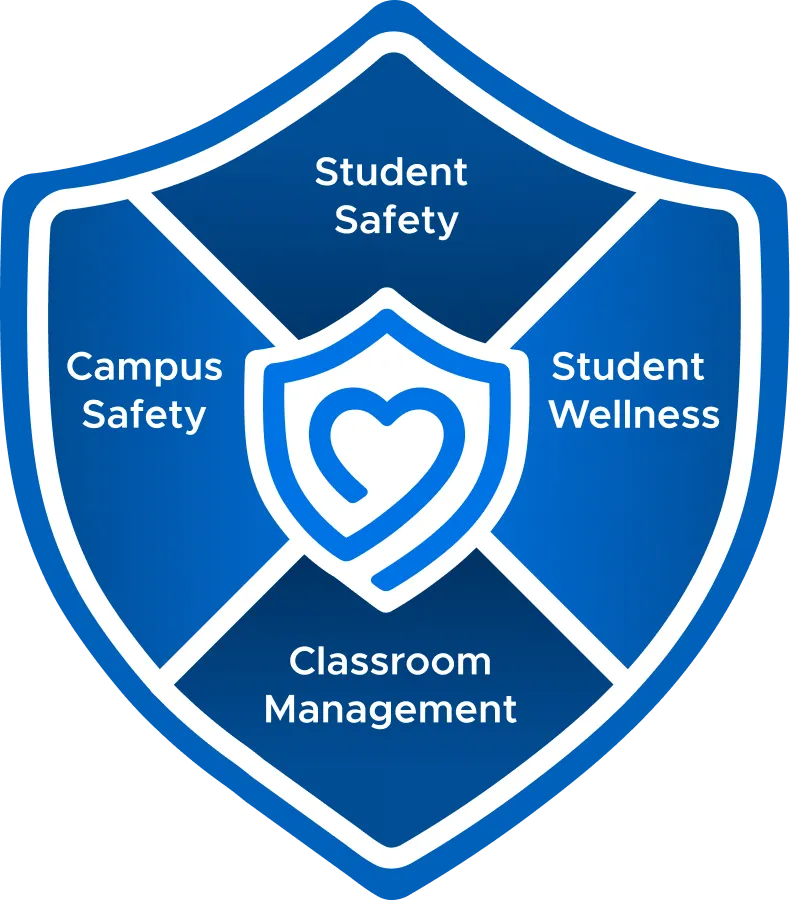
students supported
schools / districts supported
Staying ahead of legislative changes, funding updates, and district priorities is key to creating safer and more supportive K-12 learning environments. This page consolidates essential resources for Michigan schools - from policy information and insights, to grant opportunities and helpful further reading - and is regularly updated to reflect the latest developments throughout the school year.
HB 5921 (Proposed): Would restrict student use of smartphones and connected devices during instructional time starting Fall 2025.
If passed, districts will need to implement new in-class device policies, consider secure storage, and train staff on appropriate enforcement.
Plans should account for emergency exceptions and instructional use of approved devices.
Advance planning is wise even while legislation is pending.
While no specific funding is tied to HB 5921 yet, schools can use per-pupil SAF grant increases or general funding to support implementation and communication.
Federal expectations under FERPA and COPPA remain unchanged but continue to evolve with greater scrutiny on vendor compliance and data handling.
Districts should audit all edtech vendors, strengthen data privacy protocols, and provide families with clear data access policies.
Expect increasing public pressure around digital transparency and secure platforms.
State budget increases and SAF per-pupil grants can help fund infrastructure upgrades, vendor compliance tools, and staff training.
Federal cybersecurity grants may become available via SchoolSafety.gov.
Matt Epling Safe Schools Law (MCL 380.1310b) (Active): Defines cyberbullying (including off-campus incidents) and mandates annual training, parent notification, reporting procedures, and use of restorative practices
Districts must ensure robust anti-cyberbullying policies, ongoing staff/student training, and clear incident documentation.
Must include community-based supports like OK2Say and restorative programs.
SAF Grants | Can support training, software, and staff development tied to compliance.
SchoolSafety.gov | Federal source for cyberbullying and SEL-aligned funding.
Stronger Connections or ESSER-funded grants may also be applied toward tech and programming.
PA 2024 No. 148 (Enacted): Requires security camera systems, firearms detection tools, a Student Safety Management System, and use of the state emergency planning platform.
Schools must implement or upgrade threat detection tech, centralize safety protocols, and ensure real-time incident reporting.
Major emphasis on infrastructure readiness and tech-supported crisis planning.
$350M School Aid Foundation (SAF) Grants (HB 4162) | Directly supports infrastructure upgrades, detection tools, and reporting platforms.
State budget increases | Can supplement large-scale upgrades.
SchoolSafety.gov | Federal grant portal aligned with safety hardware and planning support.
HB 5549 (Enacted): Requires all districts to implement behavioral threat assessment teams, training, and safety plans by October 2026.
Schools must establish or strengthen multi-tiered mental health teams, build out training systems, and develop clear documentation for compliance.
Threat assessment work must be formalized and backed by qualified staff and consistent protocols.
SAF Grants (HB 4162) | Major per-pupil funding stream to support threat team staffing, training, and wellness infrastructure.
State budget increases | Provide additional flexibility.
SchoolSafety.gov | For broader wellness, threat prevention, and staffing support.
National emphasis on family engagement, tech transparency, and parental awareness of student wellbeing continues to grow in spite of there being no new legislation.
Schools should provide activity reports, mental health alerts, and privacy access tools to keep families informed.
Proactive parent communication builds trust and ensures alignment with safety planning.
SAF and general funding increases can support parent-facing tools and platforms.
Consider integrating parent communication systems into broader safety and wellness grant applications.
The 2025-26 School Readiness Guide is a practical planning tool designed to help K-12 leaders navigate the ever-evolving landscape of student safety, mental health, and digital wellbeing.
The Securly Shield brings together holistic K-12 solutions that empower Michigan districts to proactively protect students, support mental wellness, and drive student engagement through smarter, safer technology:

students supported
schools / districts supported